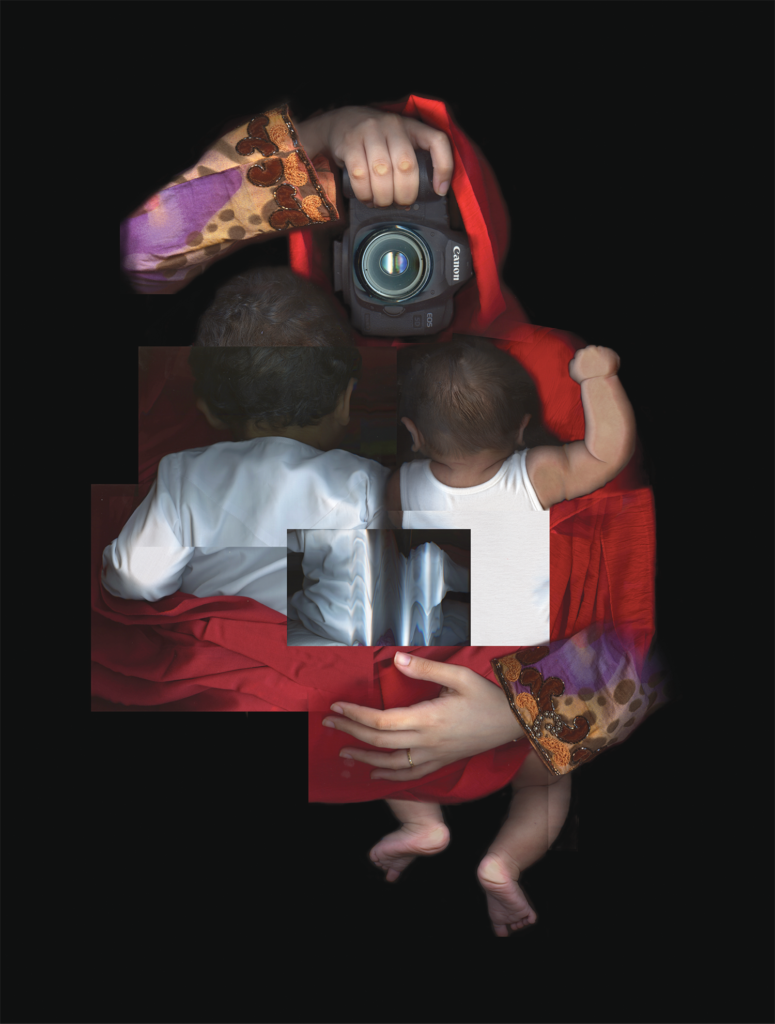Works by Middle Eastern women artists build bridges of understanding

Stereotypes are hard to escape when pondering the Middle East, especially those applied to women. Misconceptions about the hijab and abaya, the head scarf and black robe that many women wear, and about the status of women in Islamic culture pervade the West’s understanding of the region. A touring exhibit this fall at the Vanderbilt Fine Arts Gallery challenged many of those clichés.
I AM: Middle Eastern Women Artists and the Quest to Build Peace came to the Fine Arts Gallery this fall with support from the Office of the Chancellor. Vanderbilt was one of six North American stops on the global tour of the show, which premiered at the National Gallery of Fine Arts, Amman, Jordan, in May 2017 under the patronage of Queen Rania Al Abdullah. Organized by CARAVAN, a nonprofit arts organization that promotes peacebuilding between the Middle East and the West, the exhibit featured the works of 31 contemporary Middle Eastern women artists from 12 countries.
The exhibited works explored a key theme of crossing barriers of all sorts, as the pieces specifically addressed feminine identity, conflicts between ancient culture and contemporary reality, and recognition of women’s empowerment. Mediums for expression also crossed boundaries, with many of the works created in multimedia or using multiple processes. “For isn’t that the joy of art?” writes Queen Rania in the foreword to the catalog for the exhibit. “To be a language that transcends borders and barriers. To be the consummate diplomat … .”
Speaking at the exhibit’s opening reception, Chancellor Nicholas S. Zeppos told the crowd, “We fail to leave an
impact on the world unless we broadly engage the many ways that people are experiencing it. Vanderbilt and Nashville are particularly positioned as a beacon for driving global understanding. We welcome all voices and all ways that lead to learning.”